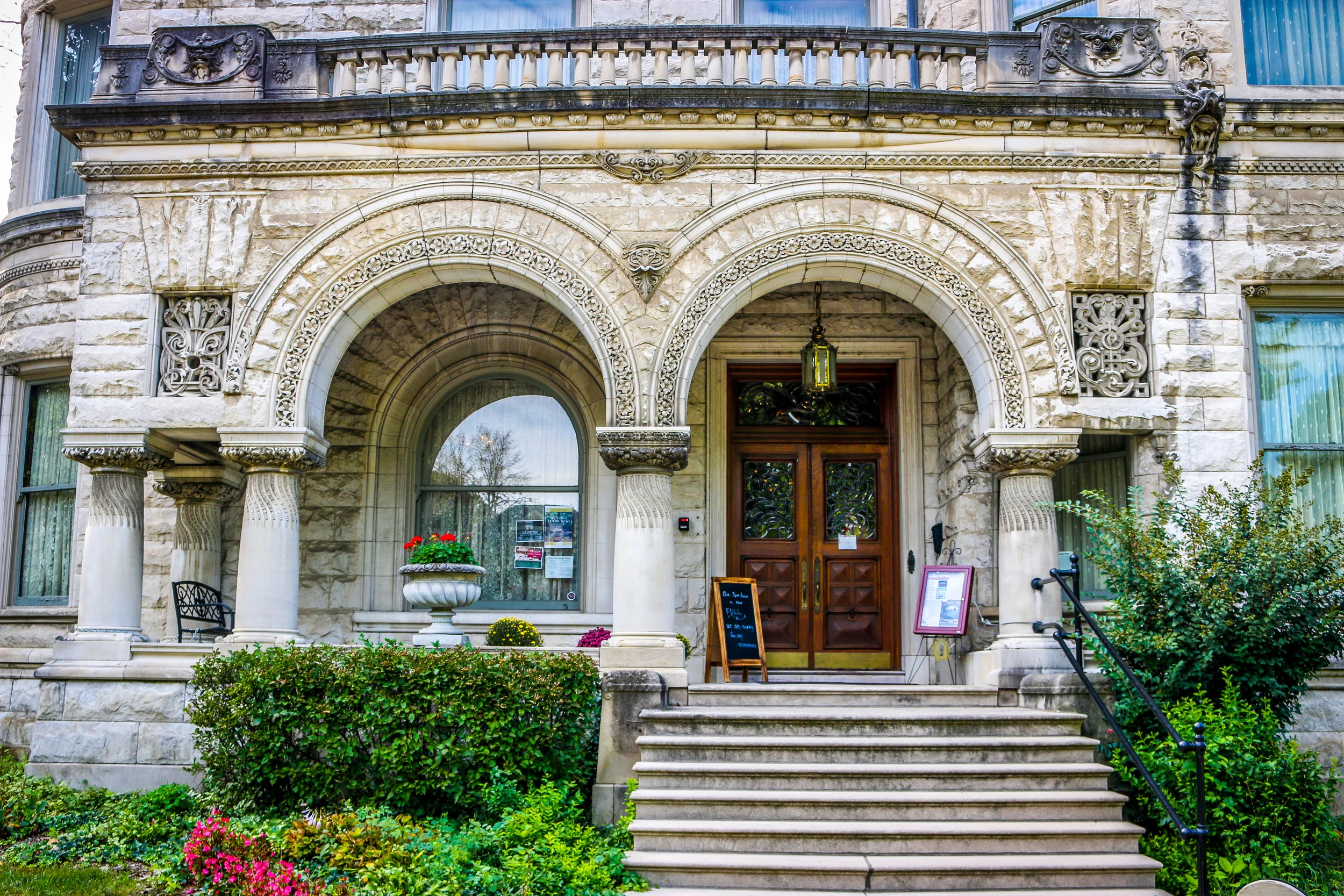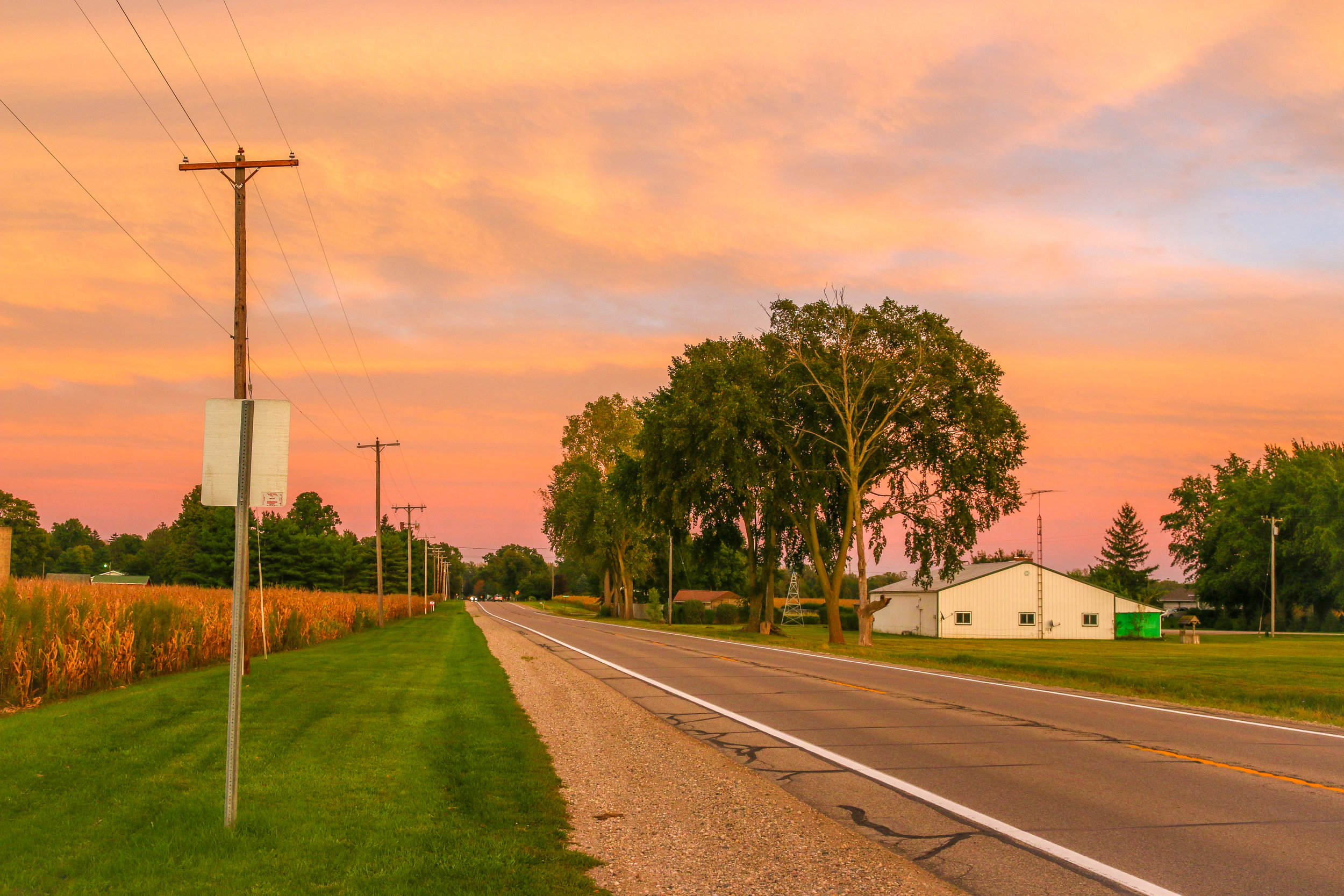What exactly is Galveston? Is it a typically Southern town? An island with a beach vibe? An historic port city like New Orleans? A Texan town? The answer to all of those is “yes”. Galveston is a fascinating place with so much to offer. Even after a few days there I felt like I had only begun to scratch the surface of the Queen City of the Gulf.
The first non-natives to inhabit Galveston came in 1816 with the pirate Louis-Michel Aury. When Aury went on a raid the following year, he returned to find that the island had been occupied by the infamous pirate Jean Lafitte. Lafitte set up a “Pirate Kingdom” there and remained with his people for the next 5 years. The Port of Galveston was established under the Mexican government in 1825, and the town would serve briefly as the capital of the Independent Republic of Texas in 1836. Galveston, along with the rest of Texas, joined the Confederacy during the Civil War and became a target due to its major port…
Selma, Alabama is a stunning city. Rarely have I driven into a place on this whole journey where I have been more eager to jump out of my van and start taking photos. The downtown area is packed with historic buildings reminiscent of days gone by. The neighborhoods are full of old Victorian-era mansions that hark back to better days in the Queen City of the Black Belt. As in most of the Black Belt of Alabama, cotton was king during the antebellum period and Selma’s position right on the Alabama River made it a prime place for a thriving city. During the war, Selma was a major shipbuilding center and manufacturing town for the confederacy. The post-war years were difficult on Selma and race relations were strained way past the point of breaking as lynchings and intimidation were common occurrences. Selma became notorious during the Civil Rights Movement, especially on the topic of voting rights, and was the jumping off point for the Selma to Montgomery March. Driving or walking around Selma today, it is apparent that the city has seen better days. Buildings are crumbling and many of the old homes are boarded up and falling apart, but it doesn’t take a lot of imagination to picture what it once was. As in so many parts of the country, the economy in Selma is struggling and there aren’t enough jobs or money to go around. I hope for the best for the future of this beautiful city. You should definitely go for a visit, spend some time in the wonderful Selma to Montgomery National Historic Trail visitor center run by the National Park Service, walk across the Edmund Petus Bridge and then just go for a ramble and see what you can find. While at first glance you may think that “Queen City” is a bit grandiose, but the deeper you look the more appropriate you’ll find it. I hope you enjoy these photos from The Queen City of the Black Belt.
Despite its name, Old Louisville began as a suburb of Louisville sometime around 1870, nearly a century after the city’s founding. Old Louisville covers a 48 block area with one of the largest concentrations of Victorian architecture in the country. Unique to this time period and style, most of the houses in the neighborhood are brick or stone which has kept them in pretty good shape over the years. I loved wandering the neighborhood there and taking these photos. You will see some are of entire houses, while others are of specific details which caught my eye and others still are of neighborhood streets, parks and fountains. It’s a lovely place for a stroll and well worth a visit if you are ever in Louisville.
After the end of the Civil War, many of Toledo’s wealthiest residents began moving out of downtown and building houses “out in the woods”. This area developed over the next 50 years into the West End neighborhood, now called the Old West End. While it has ebbed and flowed over the years like most old neighborhoods, today it stands as one of the largest collections of intact Late Victorian Era homes in the country. It is a remarkable architectural gem, a living museum and a friendly and welcoming place for a visit. While I was walking around taking photos for this post, I met two long-time residents, Jim and Carol Kutsche, who you will see pictured at the bottom in front of their beautiful home. We sat on their porch for the better part of an hour talking about Toledo and the Old West End. The first day I visited the weather wasn’t in my favor, and the second the light was being difficult, but these photos still came out okay. It was too remarkable a neighborhood to pass by though, and I think you will definitely agree that many of these houses are real gems, even some which are in severe disrepair. If you are in Toledo, you must make time for a stroll around the beautiful Old West End.
Fall has definitely arrived here in Northern Ohio and I couldn’t be happier to see it. I am definitely a warm person and summer is always tough. When the weather gets cooler, I get cooler and I feel more comfortable and happier. I feel like I can wear nicer clothes because I’m not sweating through them and I become happier with how I am presenting myself. Shadow Catcher will be happier too. Although she handled really well through the summer, cooler weather is easier to deal with if you’re a van. I visited my first pumpkin farm of the season this week, just on general principle, and it definitely made me smile. The good apples will be out soon, and fresh cider is already in the stores. Soon, the leaves will start to change and I’m looking forward to the color changes and the photographic opportunities that come with it. I all but missed out on fall last year, so I’m really looking forward to it this year.
After we last met, I set off from Akron and headed south into Amish Country in Holmes County (see photos from the day HERE). On the way, I stopped by Nickajack Farms who were beginning their Fall Fest. I loved walking among the pumpkins and seeing all the Halloween stuff around. I bought a delicious fried pie and then got back on the road…






